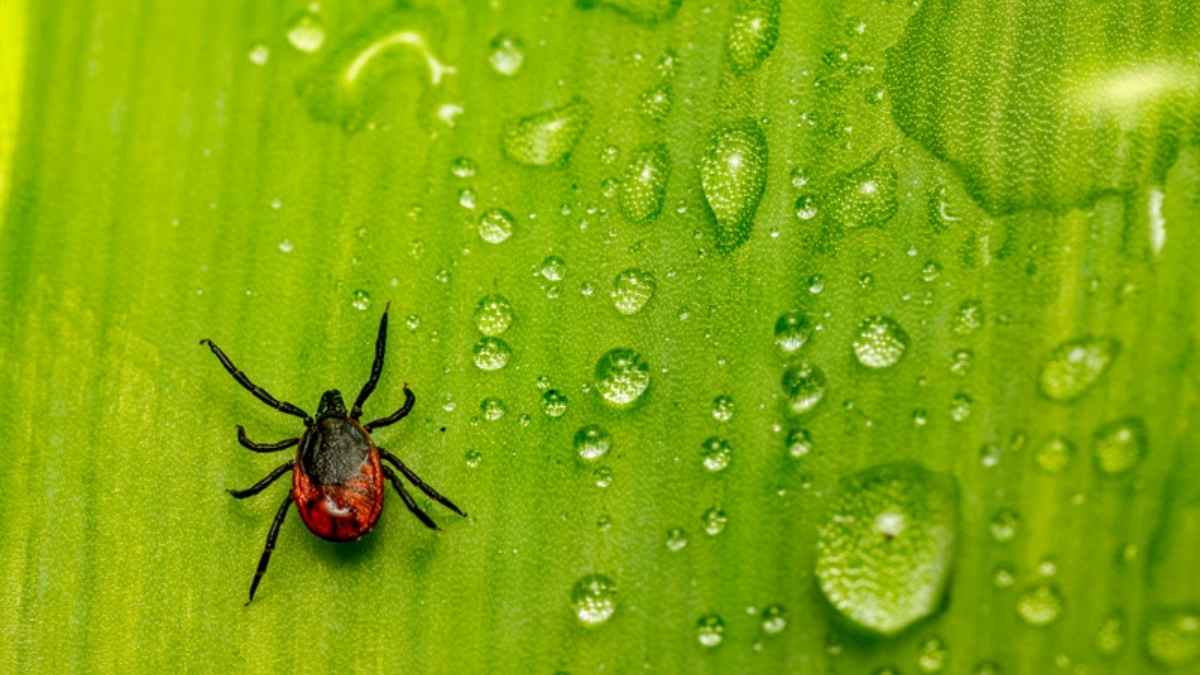Why Tick Checks Matter
The increase in outdoor activities has led to heightened awareness regarding the risks posed by ticks. These minute arachnids are more than a seasonal nuisance; they are carriers of serious illnesses like Lyme disease, anaplasmosis, and Rocky Mountain spotted fever. Such conditions can have debilitating long-term effects, making prevention and early detection crucial.
One of the most effective ways to combat tick-related diseases is by performing regular tick checks after outdoor engagement. This simple practice mitigates health risks and offers peace of mind, knowing that you are doing your part in safeguarding your health. As we become more accustomed to life outdoors, whether through hiking, gardening, or merely relaxing in our yards, implementing preventative measures against ticks becomes essential.
Enlisting services like tick control near me can offer additional protection for those looking to enhance the safety of their outdoor environments. These services can substantially reduce tick populations in your favorite outdoor spots, making them safer for family and friends.
How to Conduct a Thorough Tick Check
Getting into the habit of thoroughly checking oneself for ticks after being outside is essential. Start by examining your clothes for ticks as soon as you return indoors, as ticks may hitch a ride on your clothing before finding a spot on your skin. Immediately toss your clothes into the hot dryer for 10 minutes to kill unseen ticks.
A hand mirror can be invaluable when inspecting your body. Focus on areas where ticks are known to latch, such as warm and moist regions. These include behind the knees, around the waist, inside the belly button, under the arms, and in and around the ears. Checking the hairline and scalp is also critical, as ticks like to crawl into hair where they are harder to find.
Do not neglect your furry friends. Dogs and cats, while not as susceptible to Lyme disease, can still bring ticks into your home. Regularly checking your pets’ fur and using veterinarian-recommended tick prevention treatments can reduce these risks significantly. Implementing outdoor pest control techniques can protect your home and loved ones by targeting the environment where ticks thrive.
Preventive Steps Before Outdoor Activities
Before embarking on any outdoor adventure, it’s wise to prepare thoroughly to minimize tick encounters. Start with your attire: wear clothing treated with permethrin, an effective insect repellent for fabric. Wearing light-colored clothing makes it easier to see ticks since they stand out against these surfaces.
Consider applying EPA-approved insect repellents containing DEET or picaridin on exposed skin. These repellents create a protective barrier, significantly reducing the likelihood of tick bites. Moreover, if you visit heavily wooded or grassy areas, stay on established trails and avoid tall brush, where ticks are most prevalent.
For homeowners, maintaining a well-kept yard can deter ticks. Regularly mowing your lawn, clearing leaf litter, and creating tick barriers with wood chips or gravel around patio perimeters can discourage tick populations. These outdoor pest control measures can be effective, particularly in suburban and rural areas with abundant ticks.
Tips for Safer Outdoor Experiences
- Stay on Trails: When hiking, keeping to the center of trails reduces contact with vegetation where ticks reside.
- Pet Protection: Use veterinarian-recommended tick collars or topical treatments to protect pets from ticks.
- Barrier Creation: Install wood chip or gravel barriers to deter tick migration into recreational areas.
What to Do If You Find a Tick
If a tick is found on your skin, quick and proper removal is crucial to preventing disease transmission. Equipped with fine-tipped tweezers, grip the tick close to your skin’s surface, ensuring a firm hold on the body. Gently remove the tick by using consistent pressure; do not twist or jerk as this could break off the mouthparts and leave them stuck in your skin.
Use rubbing alcohol, an iodine scrub, or just soap and water to clean the bite area and your hands after removal. Dispose of the tick by sealing it in a bag or a piece of tape, or flushing it down the toilet. It’s beneficial to monitor the bite site for changes, such as a rash or signs of infection, and consult a healthcare provider if symptoms arise.
Using CDC guidelines for tick-borne diseases, you can better understand the symptoms to watch for and the steps to take if you suspect tick-borne illness. Prompt action and informed vigilance can greatly safeguard your health.

